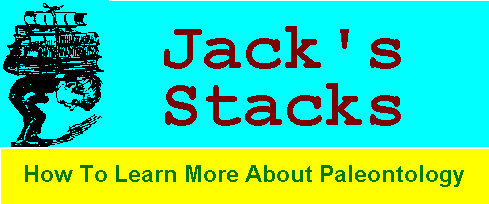
The Fossil Trail by Ian Tattersall may be just what you have been hoping for. The Fossil Trail is subtitled How we Know What we Think we Know About Human Evolution. This is a 1995 book published by Oxford University Press. The hard cover version is $25 and a less costly soft cover edition is also available. I'm not sure how I missed this one when it originally came out. You may recall my review of another of Tattersall's books, The Last Neanderthal. To review, Ian Tattersall is head of the Anthropology Department of the American Museum of Natural History.
The 276-page book is well illustrated with excellent black and white drawings of many of the fossil remains and artifacts. There is also a 13 page bibliography keyed by chapter to help you in further study.
Tattersall presents his subject chronologically beginning with eighteenth century awareness that humans resembled some types of animals. The discoveries and the study of human origins seems to have really begun in mid-nineteenth century.
I mentioned above that the presentation is unbiased; Tattersall is not shy about bringing up the shortcomings of the science of paleoanthropology from the early days right into the present. What shortcomings? Preconceived ideas, bias, and over interpretation. As a mater of fact he states that these problems, although present in other sciences as well, are more prevalent in paleoanthropology. This, of course, has given some of the findings and interpretations through the years some bad press as leading paleoanthropologists bicker and try to outdo one another making a circus out of the science. Some of these difficulties are slowly disappearing as paleoanthropologists are using a more multi disciplined approach involving: paleontologists (experts in associated fauna), geochronologists for better dating, comparative anatomists, and archaeologists amongst others. It is evident that Tattersall believes that the newly popular cladistics methods would be well used in determining the evolutionary relationships between the fossil hominids.
We have all heard about the famous gaps in the fossil record which have caused paleontologists and evolutionary biologists problems since the nineteenth century. If you keep current on your reading, you will find that these gaps are shrinking and although they may never totally be filled in, the difficulties with them are diminishing. As you read The Fossil Trail you will find that the gaps are shrinking in paleoanthropology as well. I was surprised myself at the number of different types of hominidae that have been described and the number of fossils associated with them.
One of the major problems remaining is the lack of an agreed upon definition of Homo. By what criteria do we sort fossil hominidae and place some within our own genus Homo while excluding others. Cranial capacity, control of fire, tool use, bipedalism, and culture have all been used. Each one has worked in its time only to be questioned when newer discoveries are made.
I found the subtitle How we Know What we Think we Know About Human Evolution to be most appropriate. Tattersall goes through the history, goes through the facts, and flatly says that with this information, this is the best interpretation we have. He is also quick to point out that new fossils and related findings may change this interpretation in the future. This is, after all, how science is supposed to work: continually rethinking and revising as necessary based upon new information.